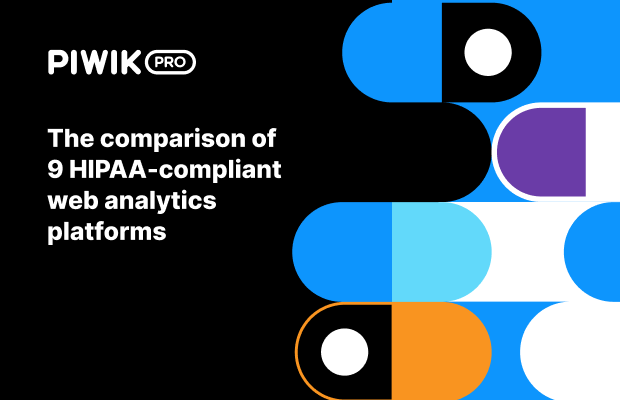Zero-party data refers to data intentionally and proactively shared by a customer with a business. Organizations can collect zero-party data from various sources, such as website forms, polls, membership applications, and surveys.
Advantages of zero-party data include:
- Clear source – Data is provided directly by customers.
- Accuracy – Data is reflective of users’ needs and wants.
- Privacy compliance – Data is shared by users, aligning it with their privacy rights.
The caveat to zero-party data is the expectation of value exchange – many customers expect a benefit in return for giving up their information, such as a discount code or personalized content.
Marketers can use zero-party data to tailor product recommendations, messages, and offers to each customer. The brand doesn’t have to guess what the customer wants or what their intentions are. In this sense, the way marketers use zero-party data takes on a conversational nature that fosters trust and strong relationships between organizations and their customers.
Zero-party data is related to first-party data – the type of data that a company collects directly via its own channels and sources. The main difference is that with zero-party data, the customer actively shares the data, while first-party data is acquired implicitly from sources like browsing and purchasing behavior.
Further reading:









